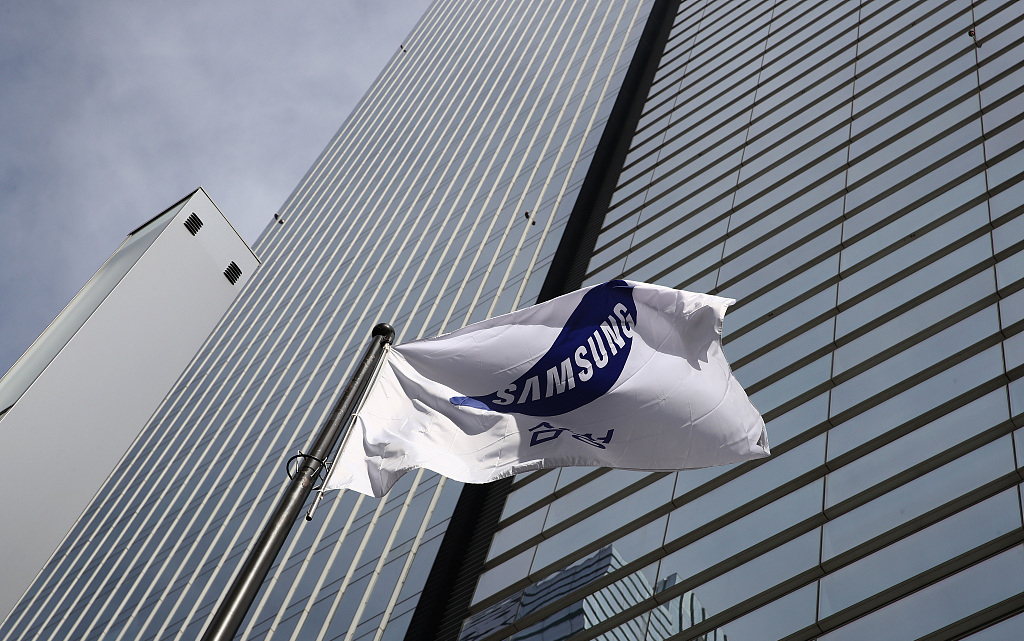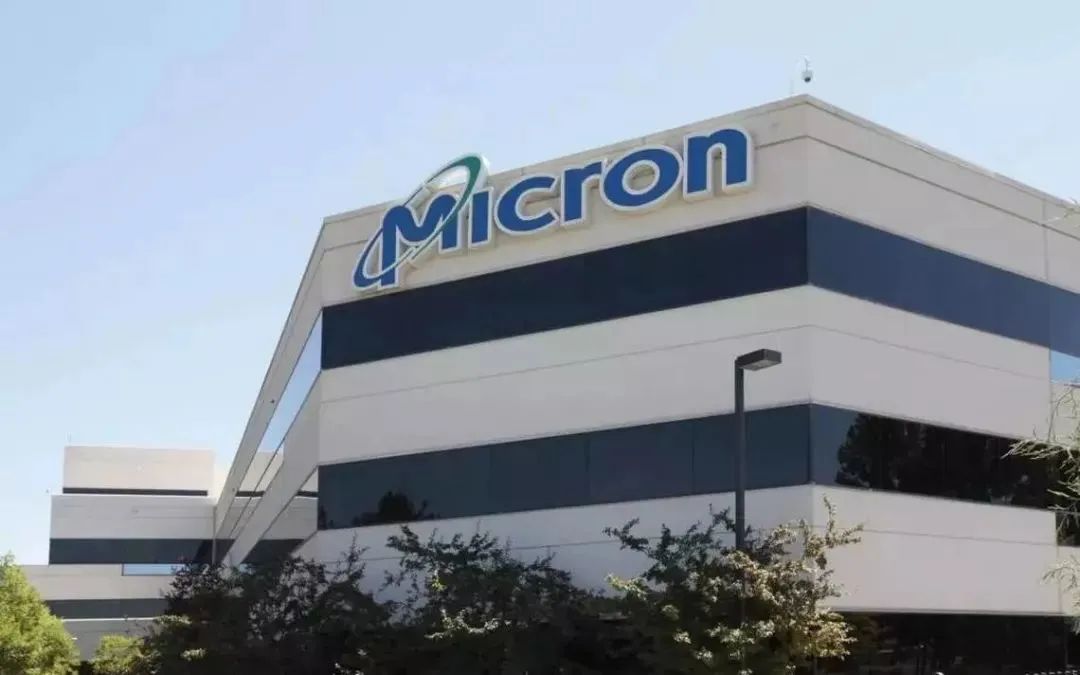Samsung, Micron two storage factory expansion!
Recently, industry news shows that in order to cope with the increase in demand for memory chips driven by the artificial intelligence (AI) boom, Samsung Electronics and Micron have expanded their memory chip production capacity. Samsung will resume construction of infrastructure for its new Pyeongtaek plant (P5) as early as the third quarter of 2024. Micron is building HBM test and volume production lines at its headquarters in Boise, Idaho, and is considering producing HBM in Malaysia for the first time to meet more demand from the AI boom.
Samsung reopens New Pyeongtaek plant (P5)
Foreign media news shows that Samsung Electronics decided to restart the infrastructure of the new Pyeongtaek plant (P5), which is expected to restart construction in the third quarter of 2024 at the earliest, and the completion time is estimated to be April 2027, but the actual production time may be earlier.
According to previous reports, the plant stopped work at the end of January, and Samsung said at the time that “this is a temporary measure to coordinate progress” and “investment has not yet been made.” Samsung P5 plant this decision to resume construction, the industry interpreted more that in response to the artificial intelligence (AI) boom driven by memory chip demand, the company further expanded production capacity.
It is reported that the Samsung P5 plant is a large fab with eight clean rooms, while P1 to P4 has only four clean rooms. This makes it possible for Samsung to have mass production capacity to meet market demand. But at present, there is no official information about the specific purpose of P5.
According to Korean media reports, industry sources said that Samsung Electronics held a meeting of the internal management committee of the board of directors on May 30 to submit and adopt the agenda related to P5 infrastructure. The Management Board is chaired by CEO and Head of DX Division Jong-hee Han and consists of Noh Tae-moon, Head of MX Business Unit, Park Hak-gyu, Director of Management Support, and Lee Jeong-bae, head of Storage Business unit.
Hwang Sang-joong, vice president and head of DRAM products and technology at Samsung, said in March that he expects HBM production this year to be 2.9 times higher than last year. At the same time, the company announced the HBM roadmap, which expects HBM shipments in 2026 to be 13.8 times the 2023 production, and by 2028, annual HBM production will further increase to 23.1 times the 2023 level.
.Micron is building HBM test production lines and mass production lines in the United States
On June 19, a number of media news showed that Micron is building HBM test production line and mass production line at its headquarters in Boise, Idaho, and considering HBM production in Malaysia for the first time to meet more demand brought about by the artificial intelligence boom. It is reported that Micron’s Boise fab will be online in 2025 and start DRAM production in 2026.
Micron previously announced plans to increase its high-bandwidth memory (HBM) market share from the current “mid-single digits” to around 20% in a year’s time. So far, Micron has expanded storage capacity in many places.
At the end of April, Micron Technology officially announced on its official website that it had received $6.1 billion in government subsidies from the Chip and Science Act. These grants, along with additional state and local incentives, will support Micron’s construction of a leading DRAM memory manufacturing facility in Idaho and two advanced DRAM memory manufacturing facilities in Clay Town, New York.
The plant in Idaho began construction in October 2023. Micron said that the plant is expected to be online and operational in 2025, and officially begin DRAM production in 2026, and DRAM production will continue to increase with the growth of industry demand. The New York project is undergoing preliminary design, field studies, and permit applications, including NEPA. Construction of the fab is expected to begin in 2025, with production coming on stream and contributing output in 2028 and increasing in line with market demand over the next decade. The U.S. government subsidy will support Micron’s plan to invest approximately $50 billion in total capital expenditures for leading domestic memory manufacturing in the United States by 2030, the press release said.
In May this year, the daily news said that Micron will spend 600 to 800 billion yen to build an advanced DRAM chip factory using extreme ultraviolet light (EUV) microshadow process in Hiroshima, Japan, which is expected to start in early 2026 and be completed at the end of 2027. Earlier, Japan had approved as much as 192 billion yen in subsidies to support Micron to build a plant in Hiroshima and produce a new generation of chips.
Micron’s new plant in Hiroshima, located near the existing Fab 15, will focus on DRAM production, excluding back-end packaging and testing, and will focus on HBM products.
In October 2023, Micron opened its second intelligent (cutting-edge assembly and testing) plant in Penang, Malaysia, with an initial investment of $1 billion. After the completion of the first factory, Micron added another $1 billion to expand the second smart factory to 1.5 million square feet.
Post time: Jul-01-2024







